Do you have a question about the natus Xltek and is the answer not in the manual?
Prepare the patient's head areas for the electrode placement as instructed.
Place 4 recording electrodes (F3, P3, F4, P4) and connect them to the headbox.
Ensure one REF and one AUX/COM electrode are connected.
Start a new study via the Database window and enter patient names.
Check that the 4 recording electrodes (F3, F4, P3, P4) show green impedances.
Data recording begins automatically; the CFAM/aEEG trace window displays data.
Note patient care actions impacting the trace using the Note box.
Control video recording and zoom using the Camera Control button.
Close the recording software and shut down the machine via the Windows Start button.
Prepare the patient's head areas for the electrode placement as instructed.
Place 4 recording electrodes (F3, P3, F4, P4) and connect them to the headbox.
Ensure one REF and one AUX/COM electrode are connected.
Start a new study via the Database window and enter patient names.
Check that the 4 recording electrodes (F3, F4, P3, P4) show green impedances.
Data recording begins automatically; the CFAM/aEEG trace window displays data.
Note patient care actions impacting the trace using the Note box.
Control video recording and zoom using the Camera Control button.
Close the recording software and shut down the machine via the Windows Start button.
| Brand | natus |
|---|---|
| Model | Xltek |
| Category | Medical Equipment |
| Language | English |
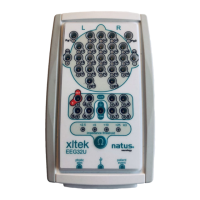
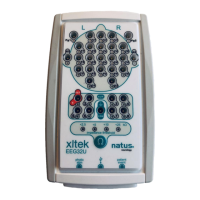


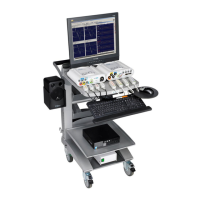
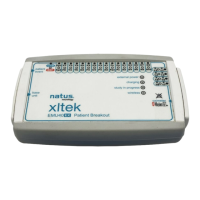
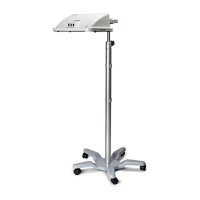

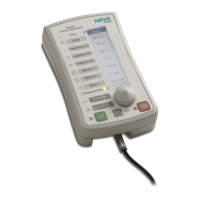
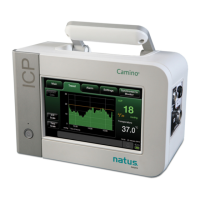
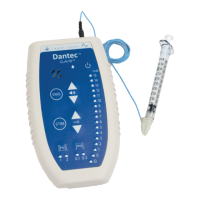
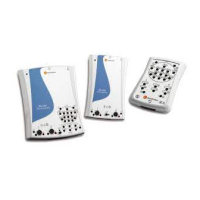
